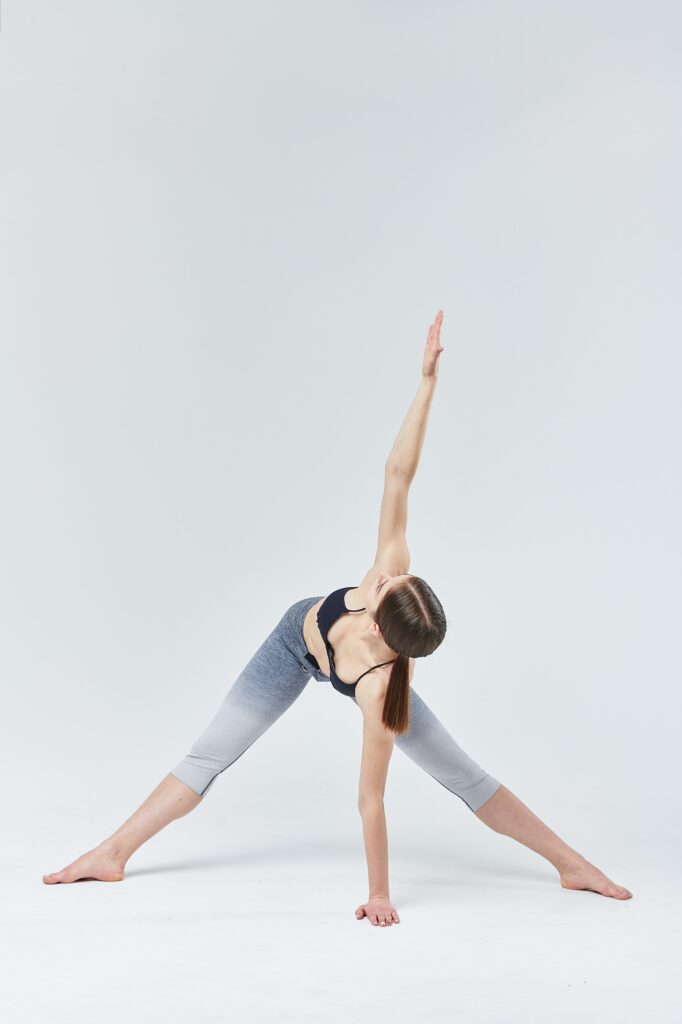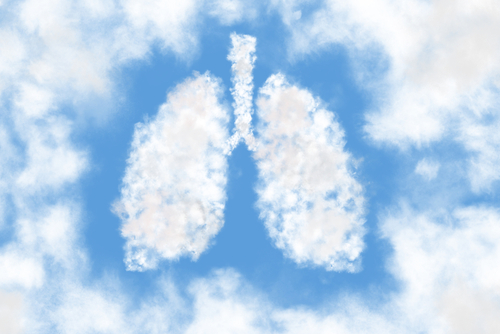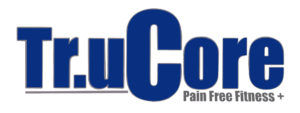
If you’re looking for a yoga pose that can strengthen your entire spine, increase mobility, and just plain old feels good….look no further than Setu Bandha Sarvangasana (Bridge Pose). I often use it in my yoga classes because of it’s many benefits. This pose is also widely used in physical therapy because it has so many benefits for the low, mid and upper back. Among its benefits are:
- It opens the heart space. We spend much of our time hunching forward (thus leading to bad posture, neck and shoulder pain)
- Can help reverse herniated discs of the low back
- Increases flexibility in the spine
- Increases strength and endurance of the hip and leg muscles
- Lengthens the muscles on the front of the body (abdominals and front of chest)
Here are a few tips to get the most out of this pose, while feeling safe and supported:
- Before pressing up into the pose, actively engage Tr.uCore (if you don’t know how to do that, book a foundations class or individual session with us)
- Then press into the feet and lift the hips. Resist the temptation to overarch the lower spine at this point, we are looking for balance of upper and lower spine in this backbend.
- Next, move the shoulder blades closer to each other and arch the upper back. The lower spine will also arch, but the balance of force will not be solely on the low back.
- Squeeze the glutes (buttocks) together. This takes the work off the hamstring muscles and distributes it to the glutes instead.
- If you wish, you may also clasp your hand together under your spine to further open the heart.
If you’d like a personalized sequence or an individual session focused on your health goals, please drop us a line at lorie@trucoremethod.com. You can also sign up for a class or private session by clicking here. For more tips on pain relief and injury prevention sign up for our newsletter here, or follow us on social media




